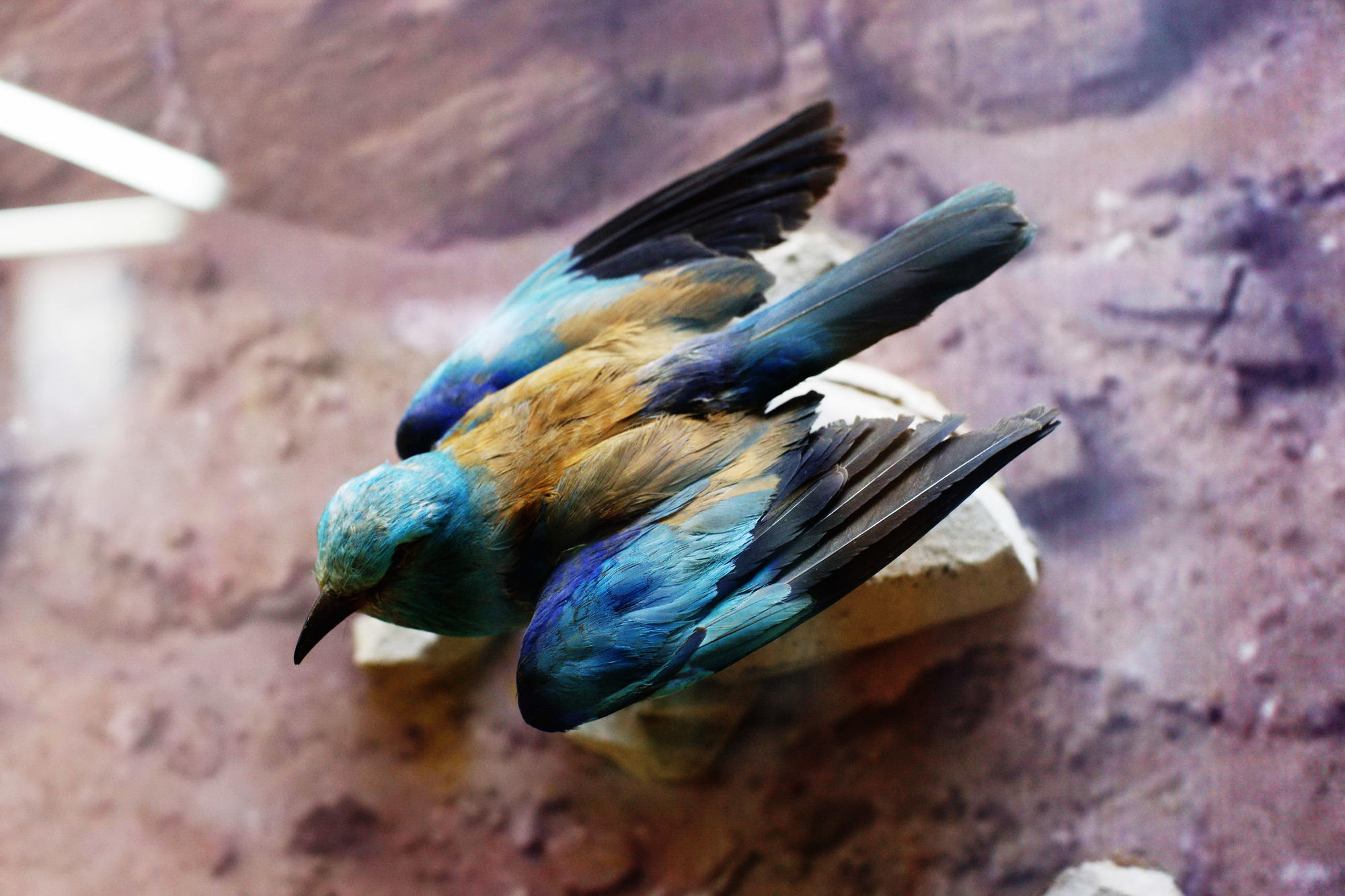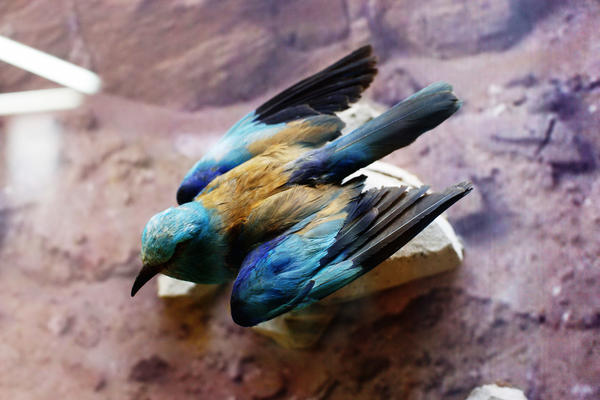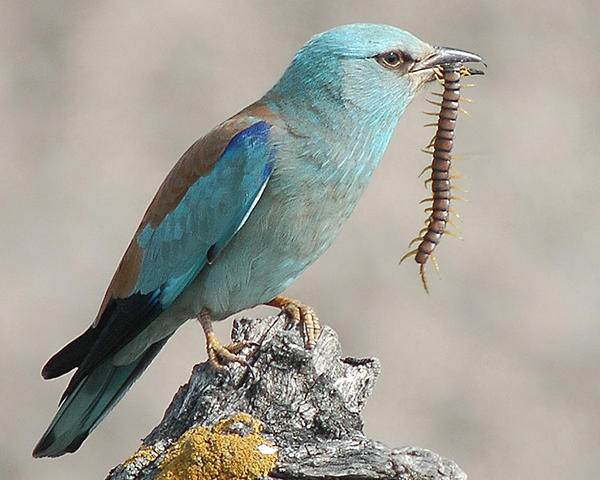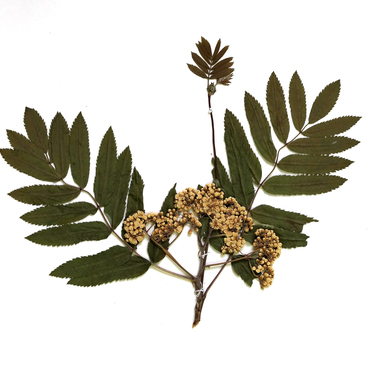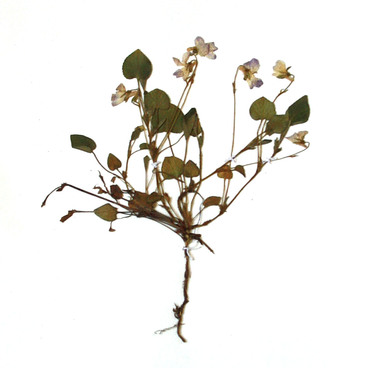The roller is a rare bird species for Udmurtia or Russia in general. It belongs to the order of Coraciiformes, which in Russian is named after the bird’s second name, raksha.
#1
Common roller
#3
#5
During the mating season when the male finds his partner, he starts his aerial acrobatics and makes specific sounds. This chatter resembles the sounds “rak-rak”.
#6
The bird does not like dense woods and is found most commonly in deserts and savannah, and in forests and steppes in Europe, South-West Asia and in North Western Africa in Cameroon, Guinea-Bissau, Nigeria and some other countries. The roller is the national emblem of two African states, Kenia and Botswana. Russia’s rollers migrate to winter in their native areas in the tropics.
#7
The bird has a bright dress seen from afar. Its plumage is mostly blue-green which colours the head, neck, upper wing and belly. As it flies low and erratically, gaining height and losing it almost immediately, it does not stay on the ground for long. The bird hunts for its prey patiently from a branch or any other elevation. Rollers feed on grasshoppers, beetles, mole crickets and other large insects, sometimes even frogs or lizards. Also they often eat fruit. On warm sunny days the bird would keep on flying looking for the feed, and in cloudy or rainy weather they hide in safe places.
Common roller. Source: commons.wikimedia.org
#8
In common with the majority of other Coraciiformes the rollers nest in tree hollows or holes. They chose the place for their future chicks on gullies, slopes or steep riverbanks. The birds usually have from four to six chicks. During their first month both parents feed them large insects, lizards, mice or smaller birds. The inedible parts – bones, scales or feathers – are laid at the bottom of the nest. The nestlings learn to fly with their parents, roaming on the lookout for food, and then in August – September take off to their wintering grounds. Many of them do not come back to Russia, opting for warmer climes. The roller does not live longer than 10 years in the natural environment as it is hunted down by poachers for its exotic meat, beautiful feathers or taxidermy.
#9
Kuzebai Gerd National Museum of the Republic of Udmurtia
read morehide
00:00
00:00
1x
Common roller
Creation period
Before 1954
Technique
Taxidermy
Collection
Exhibition
1
Open in app
Share
